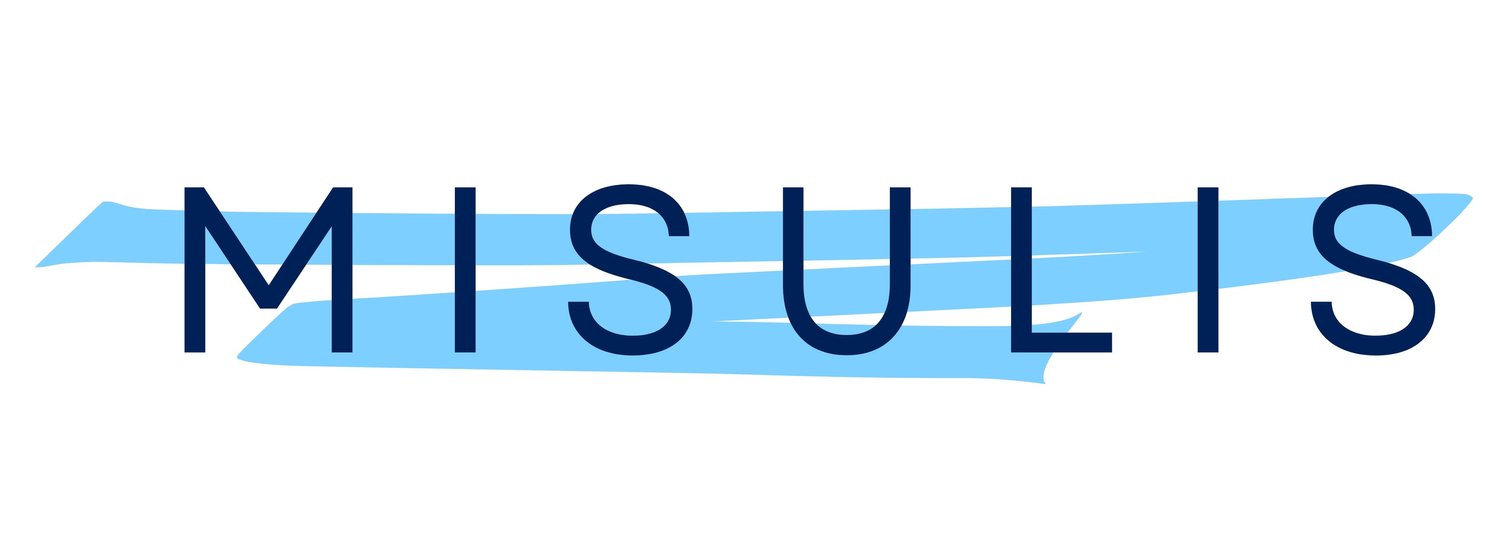Introduction to Decision Making
Doctor Karl
Welcome to our discussions on Decision Making.
This brief text accompanies video and audio lectures available on www.misulisgroup.com.
We have had the privilege of working with universities and businesses worldwide for more than 20 years, learning and teaching on the world stage. One of our principal goals is to facilitate optimal human intellectual and business performance. As part of that, much of the heavy lifting for all of us is making the best decisions possible.
If we are uncertain of our opinions and beliefs, we are right where we need to be. We know that we need to approach our mission-critical decisions with the same scientific approach that our scientist members of the Misulis Group attack problems in medicine.
How do we make decisions?
Do we make a decision we know to be right in our hearts? Or do we have a gut instinct that gives us our answers? If so, then we do need to revisit our decision-making algorithms. The heart has a tiny fraction of the brain's neurons, which is not the correct organ. And the gut, for most of us, puts out only crap, so let's not rely on that. Of course, when we say we decide with our heart or our gut, we mean that we are making emotional decisions without the analytic approach we should apply to our business and many of our personal choices. Suppose we do not take a scientific approach to our decisions. In that case, our minds will present us with an answer, but that will be a quick decision, coherent with many of our primary and most proximate tenets, and has the highest likelihood of catering to our most proximate priorities.
So, how are we, scientists? How do we make decisions?
Decisions can take the following steps.
Gather the data
Determine outcome measures
Determine optimal outcome(s)
Assemble a list of options for accomplishing the task
Estimate each option's likelihood of complete success, partial success, and failure
Use logic and reasoning to balance the estimated success rate versus the failure rate
Make the decision and execute the plan
Evaluate the outcome, and determine if our assessment was on target
It should not be that complicated, but unfortunately, it is. Part of this is that humans are limited in taking the long view and understanding what our business colleagues call Future value. For most of us, a short-term payout is more precious than a longer-term larger payout. We need to take the long view more often than we do. Also, it is not intuitive for many of us to assemble a list of options and even less so to estimate success or failure rates. We tend to be overconfident in assessing success rates.
When we apply logic and reasoning to the decision, we determine whether the potential payout with success is worth the downside if we are not successful with each decision option. Whichever option has the best benefit-to-risk ratio is generally what we should choose.
This process is not perfect, but it is better than sitting back and waiting for an idea to spring into our minds.
In these lectures, we have additional details on elements of the decision-making processes. It is important to emphasize that this process is complex but essential for mission-critical issues. We don't need to use a scientific algorithm to decide what to have for dinner, but we do need to use it to determine what career move to make or what efforts to invest our time and money.
Other decision-making informational materials cover logic, cognitive biases, roles of fact versus opinion, data errors, and cognitive limits, among others.
We are pleased to bring you our information and hope it can be helpful. Follow the Misulis Group and give constructive comments. And if you would like to contribute or otherwise participate in these efforts, please get in touch with us.
________________________________________-
Doctor Karl
Doctor Karl is Karl Edward Misulis, a physician, scientist, educator, and university professor. He has a BSc from Queen's University Canada, MD from Vanderbilt University, and Ph.D. from SUNY Syracuse. He has authored more than 20 books, some in multiple languages, and lectured around the world to the public and fellow academics.

